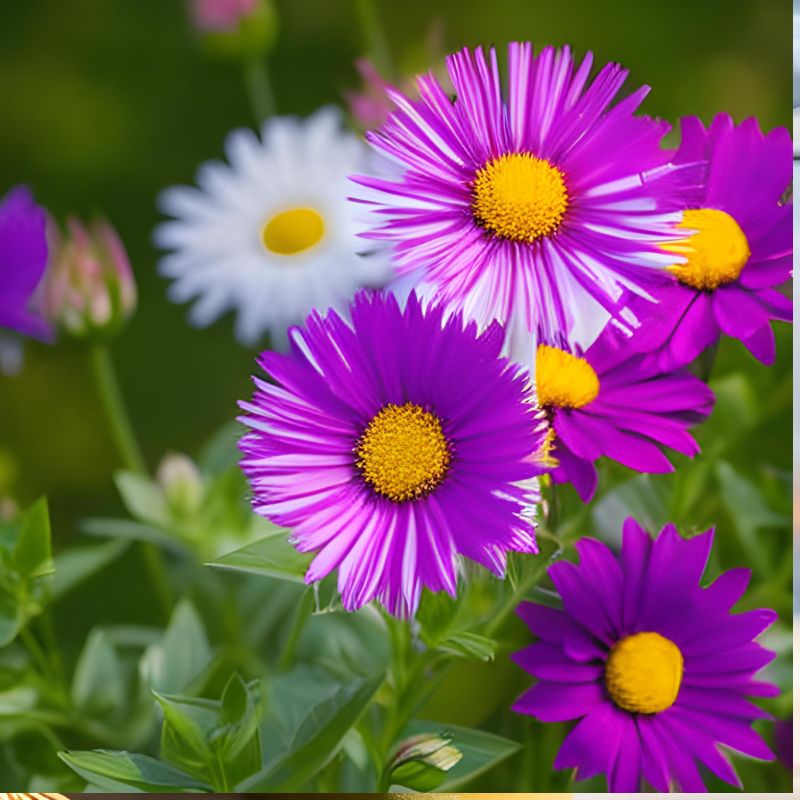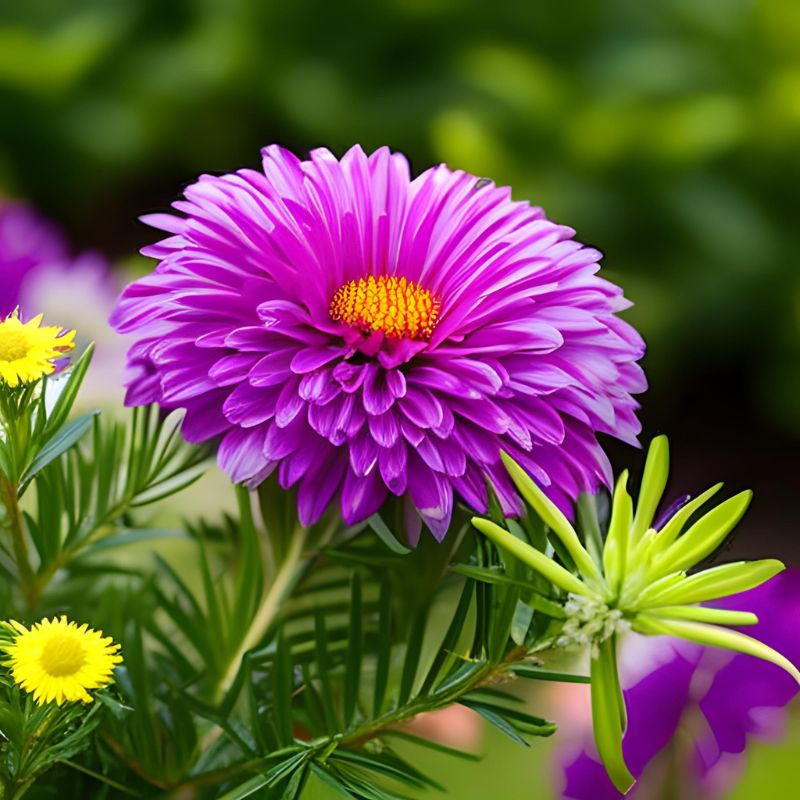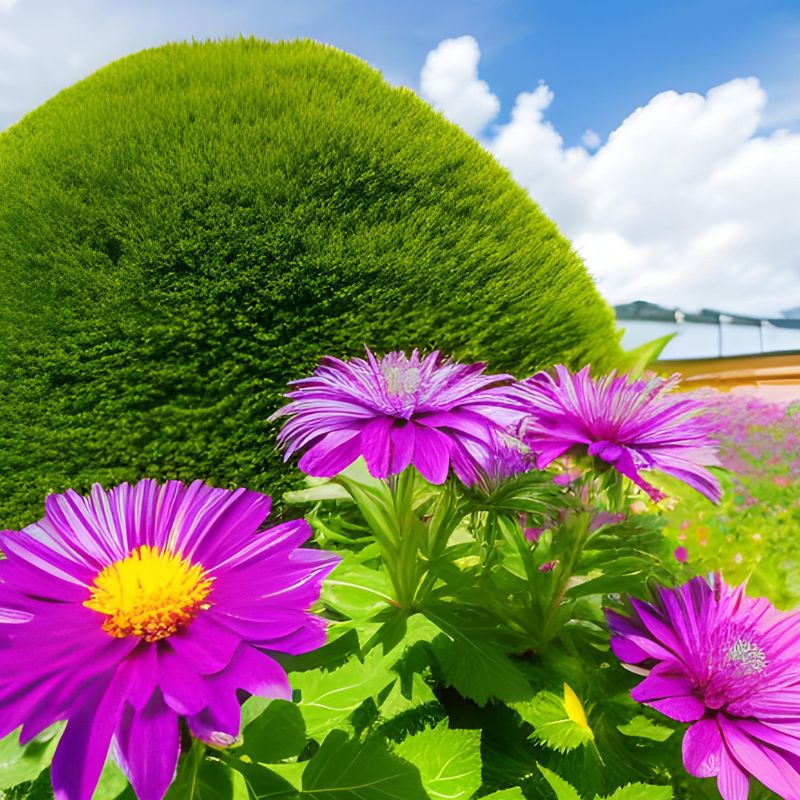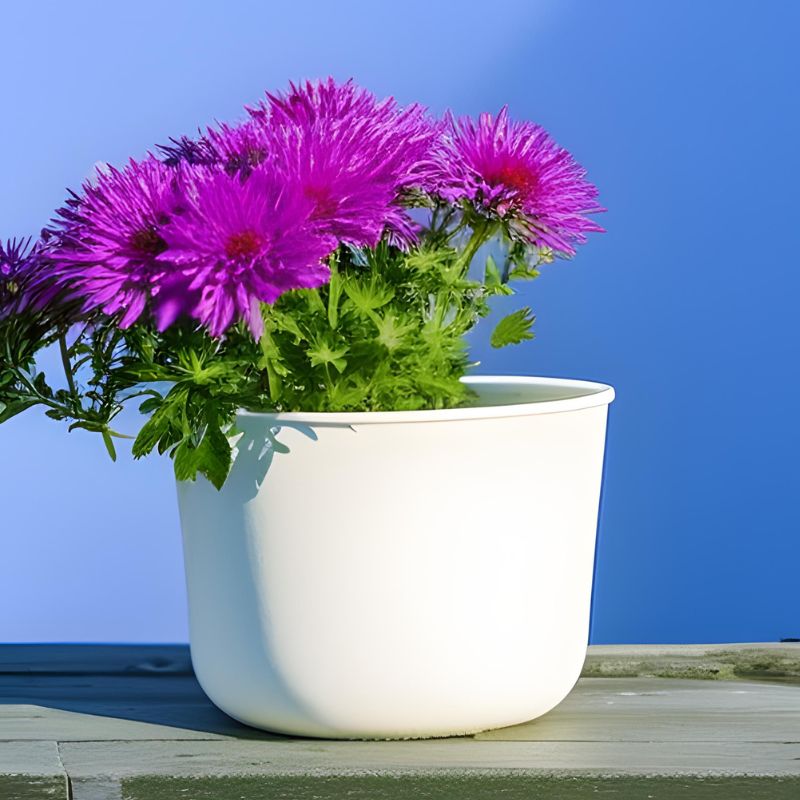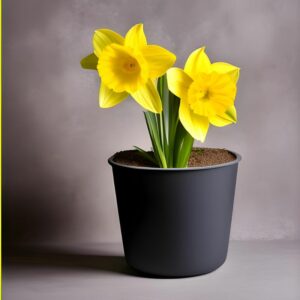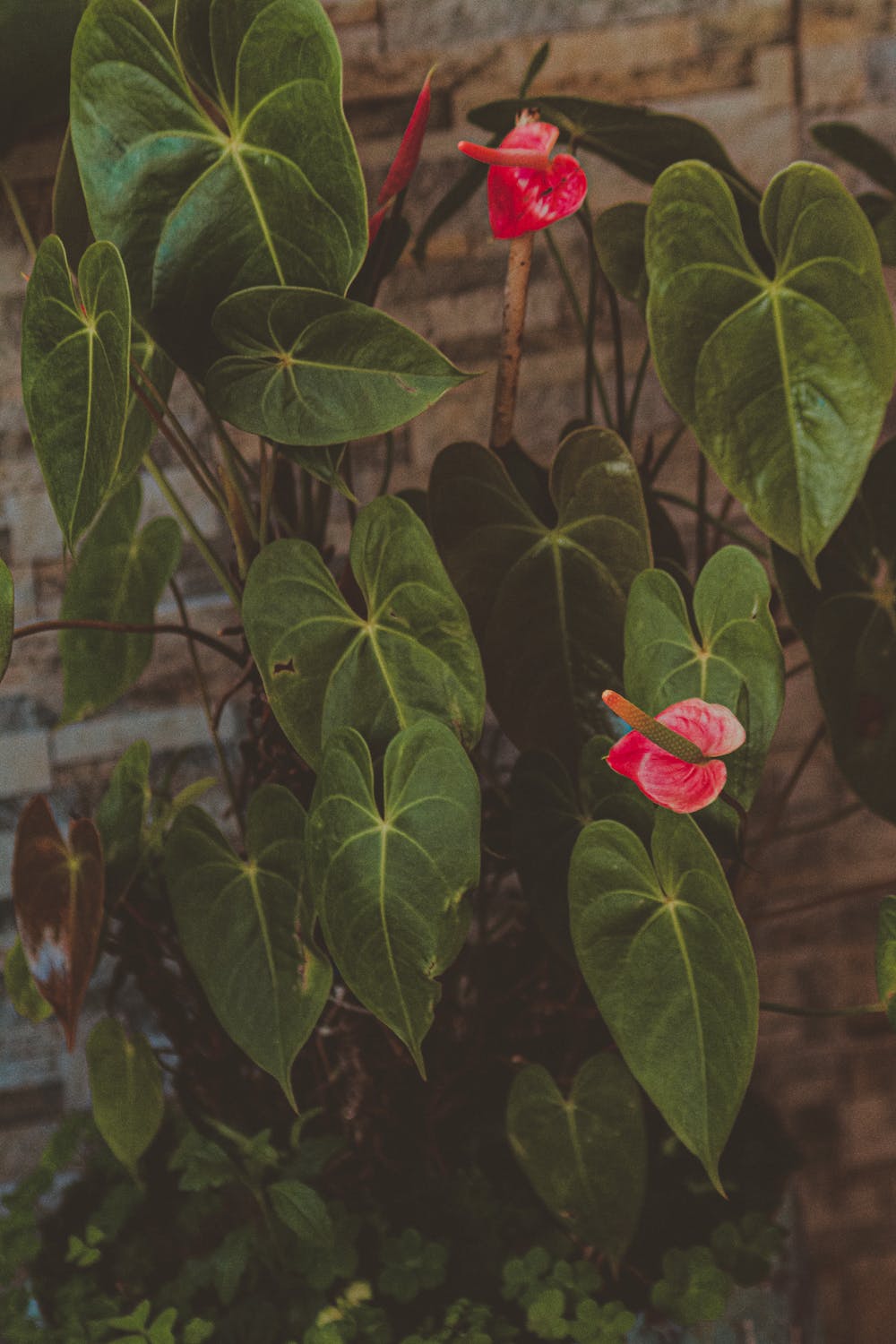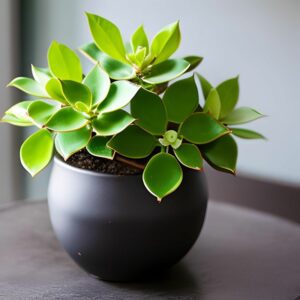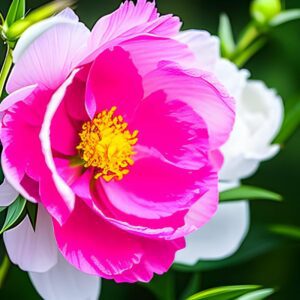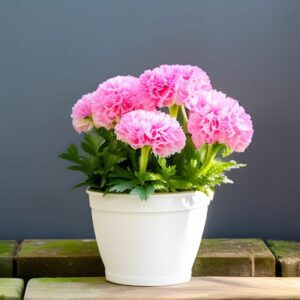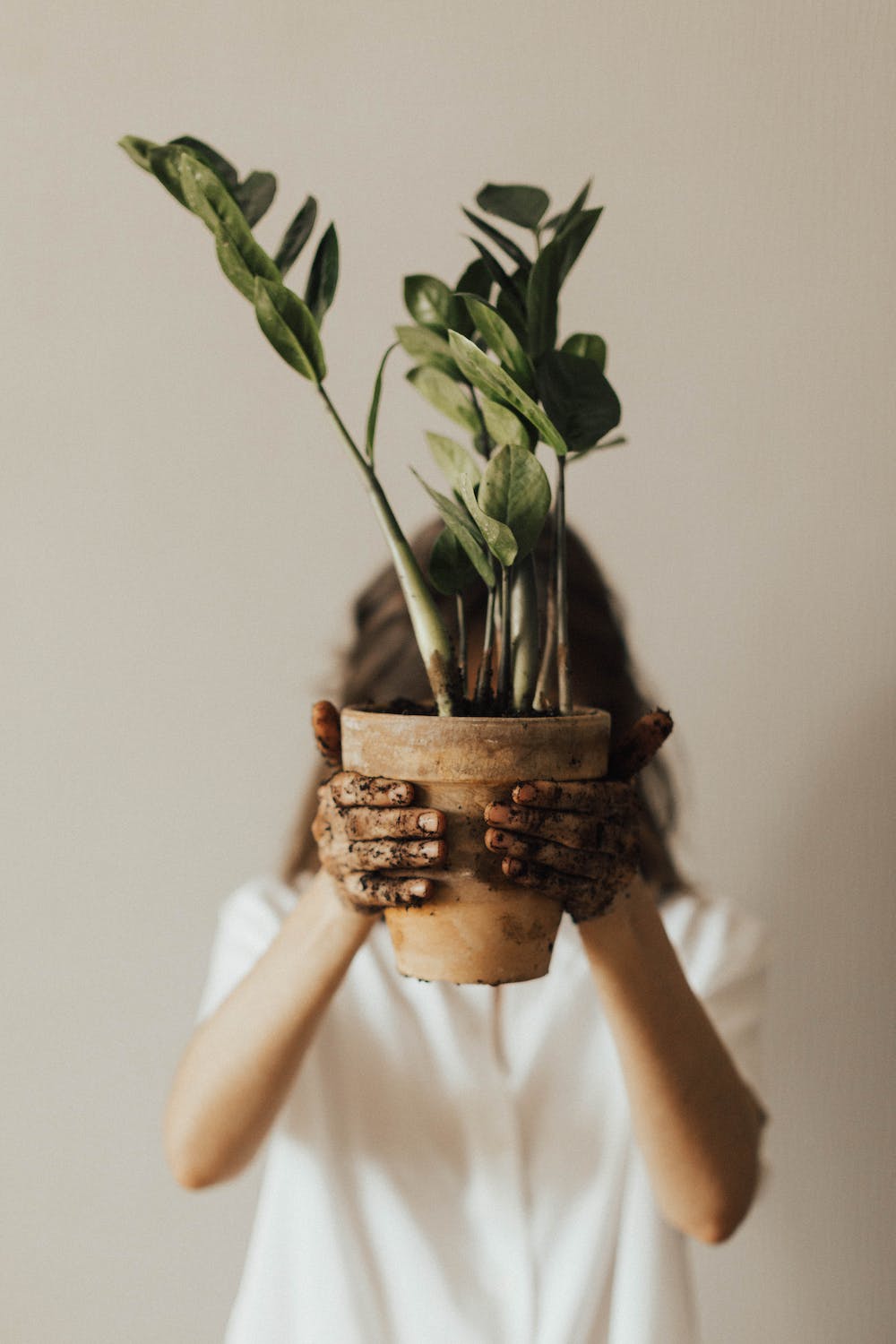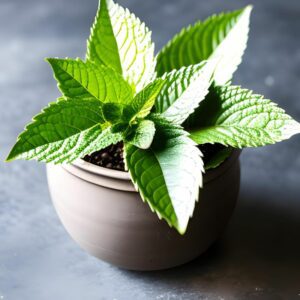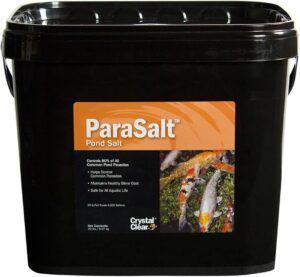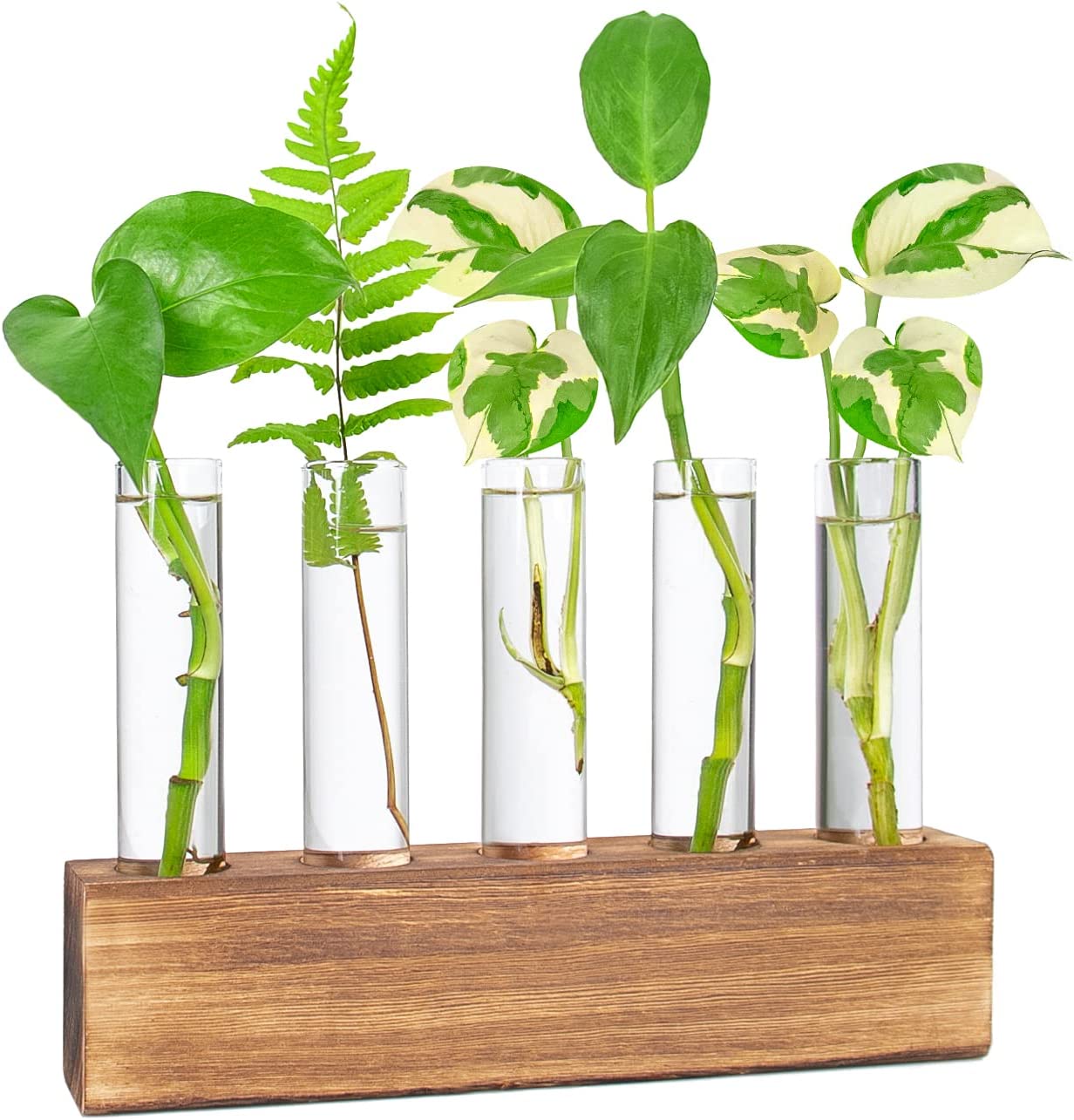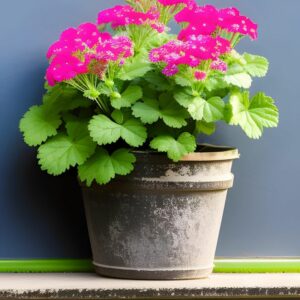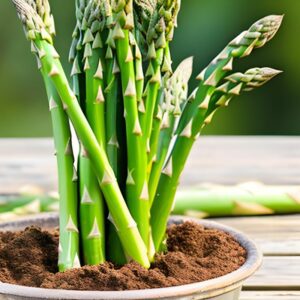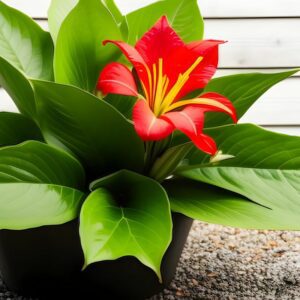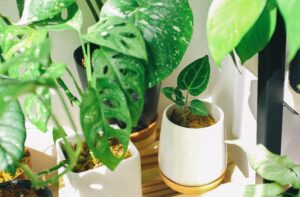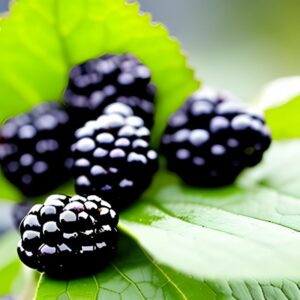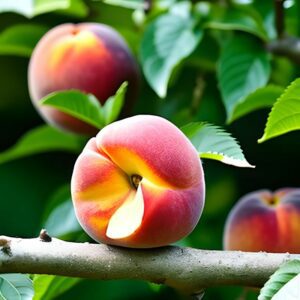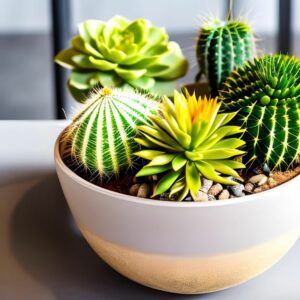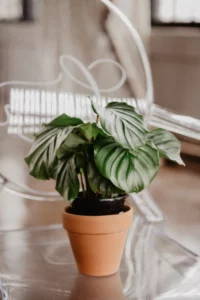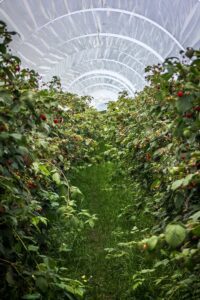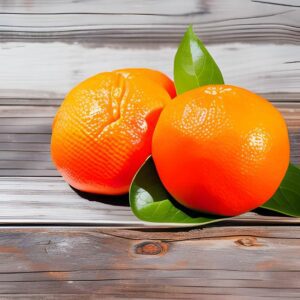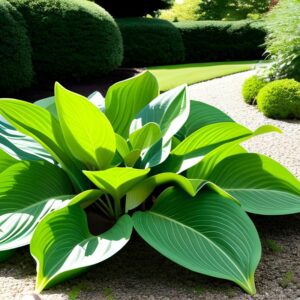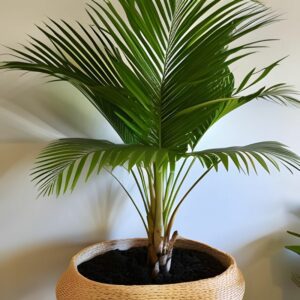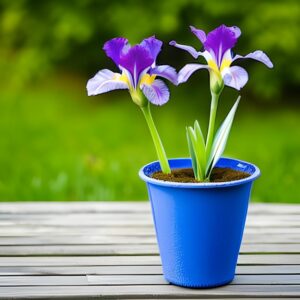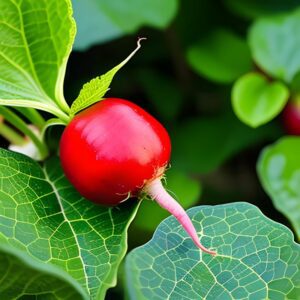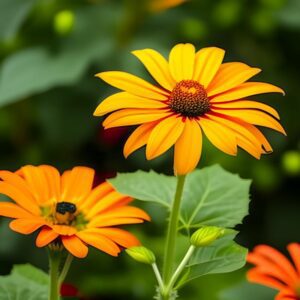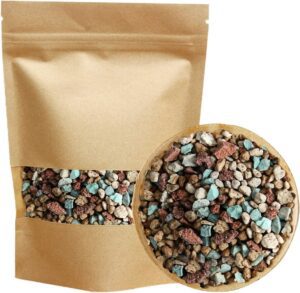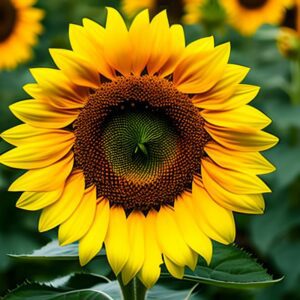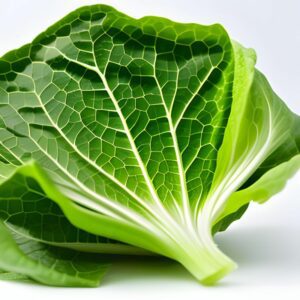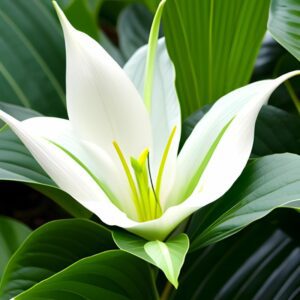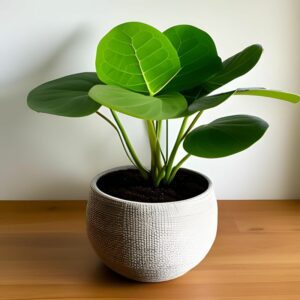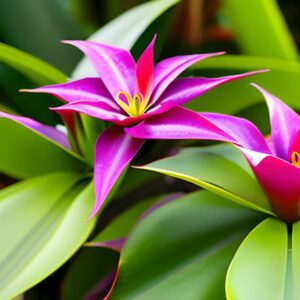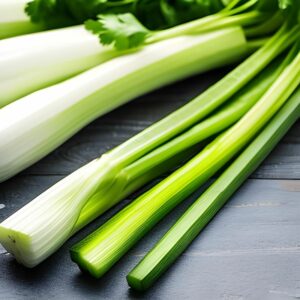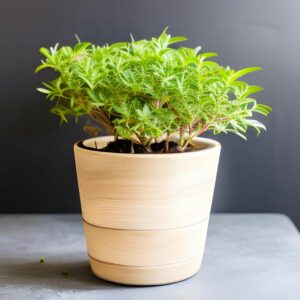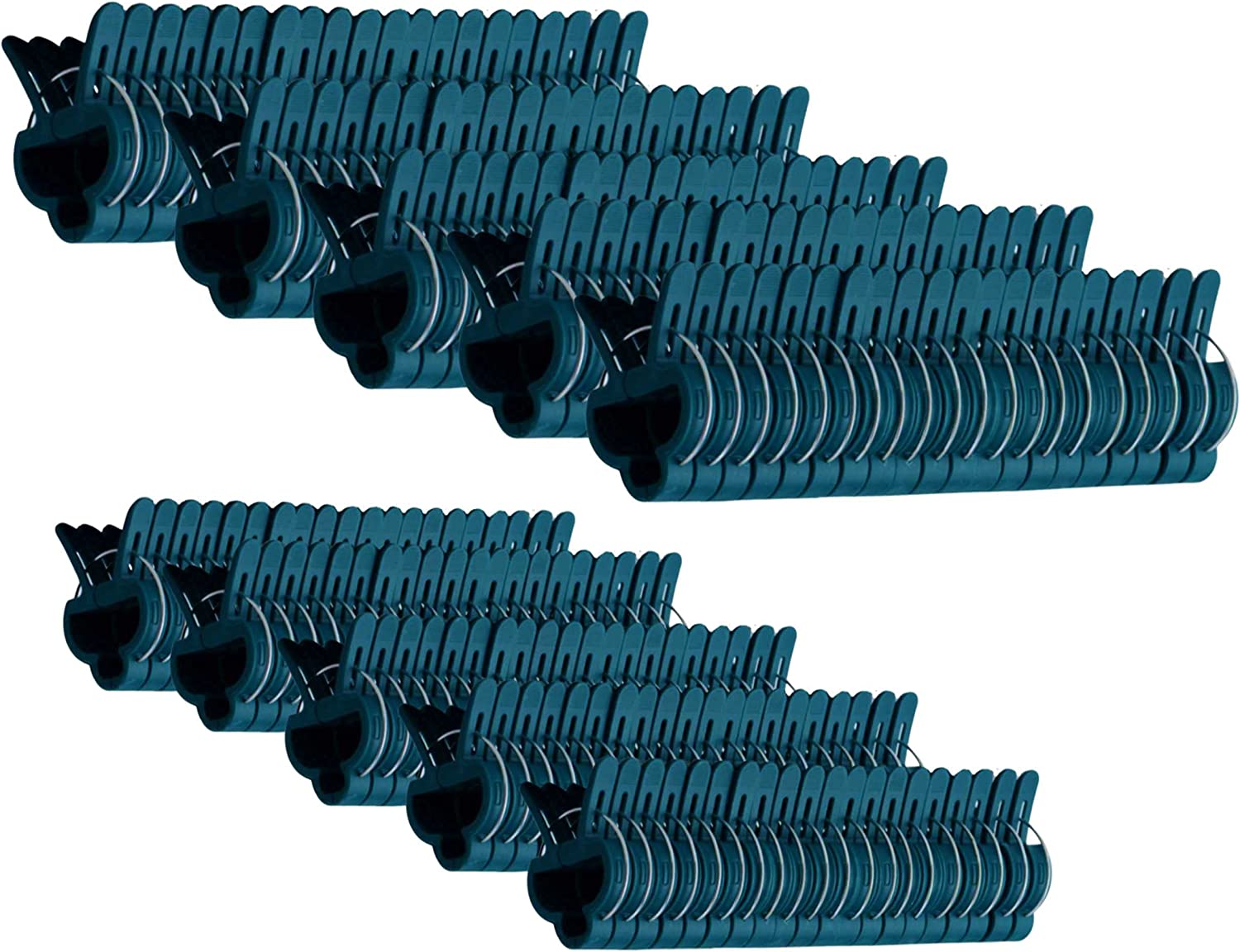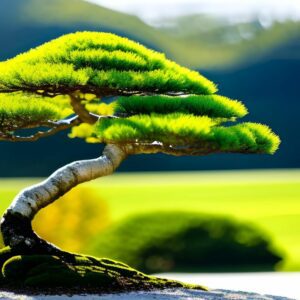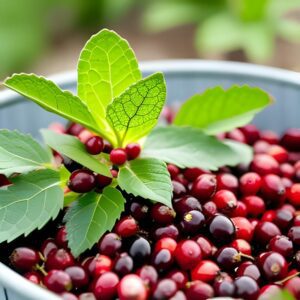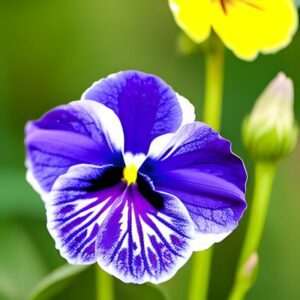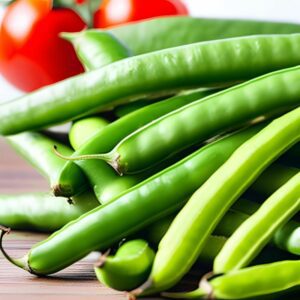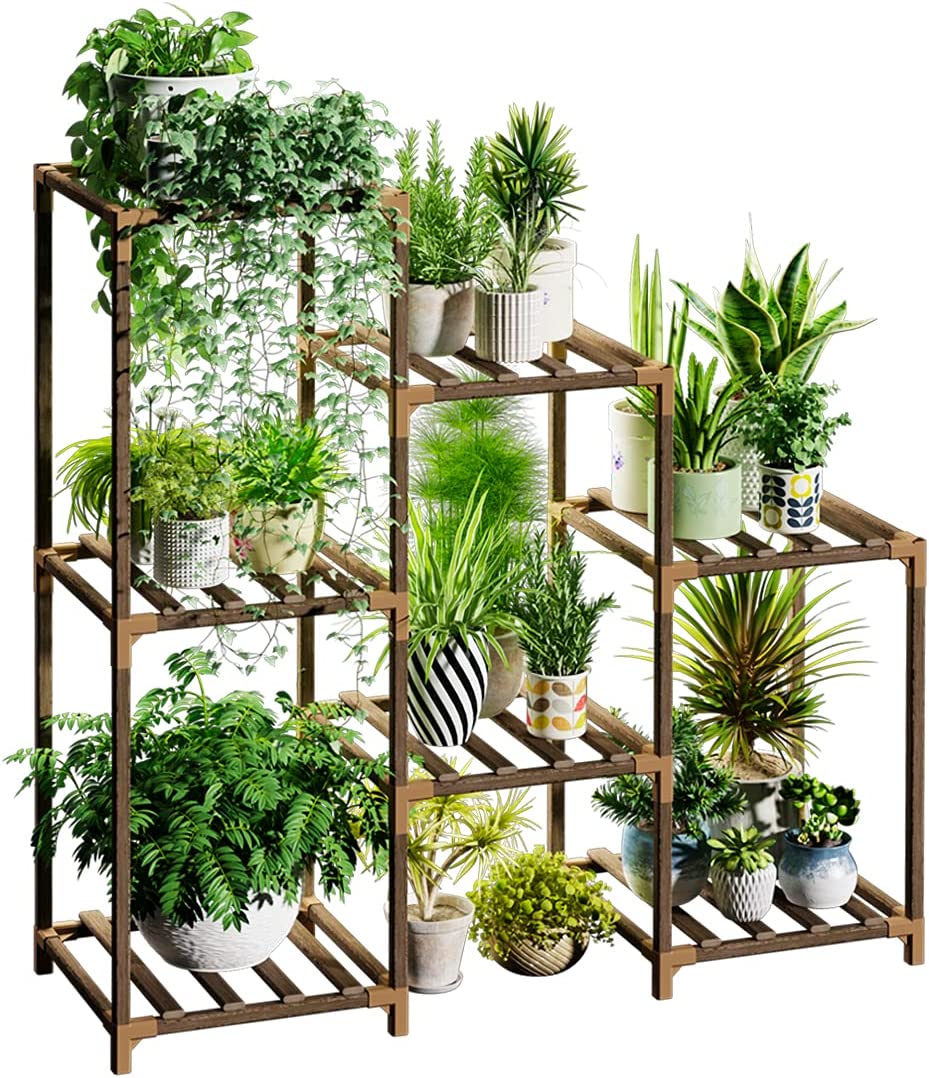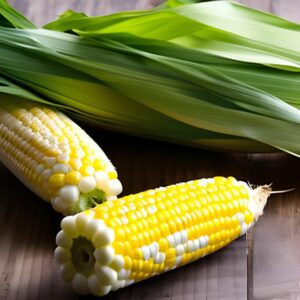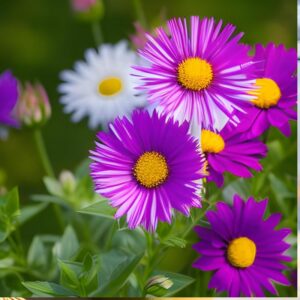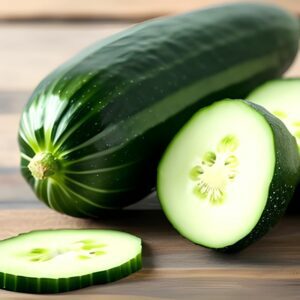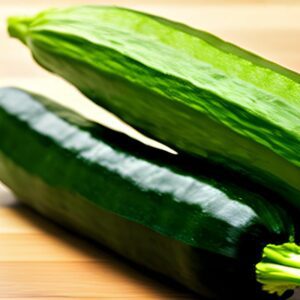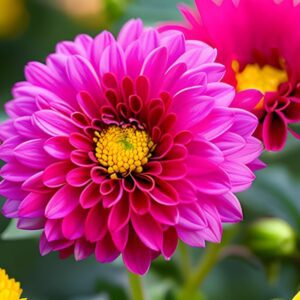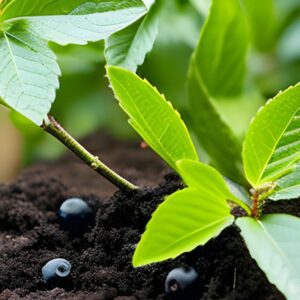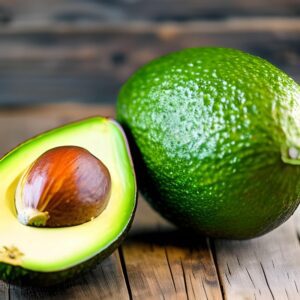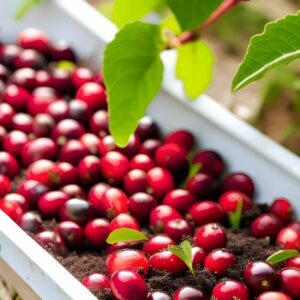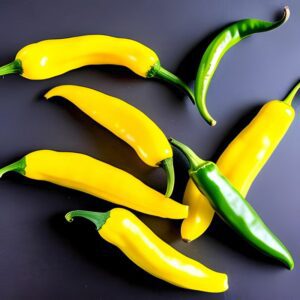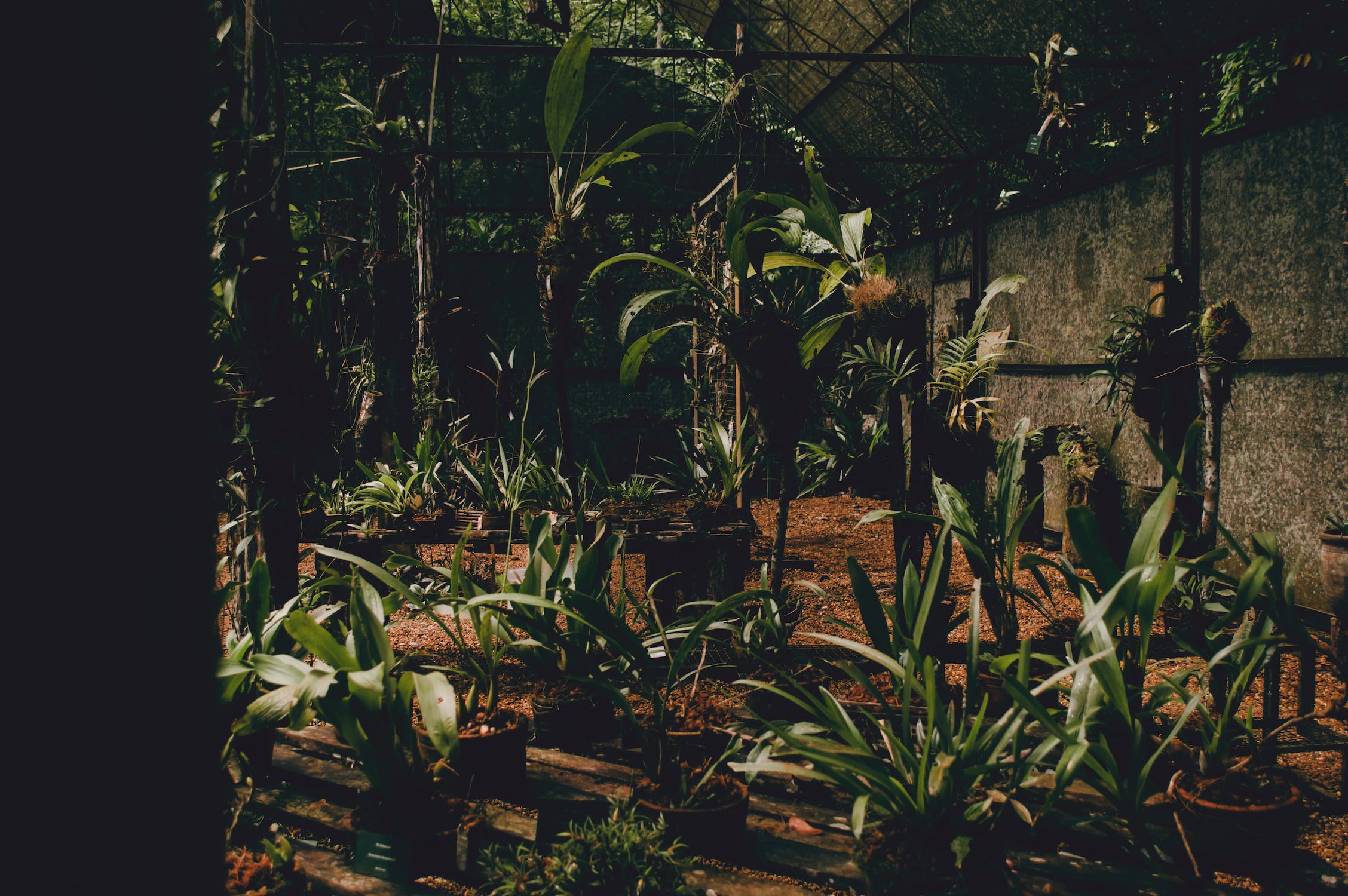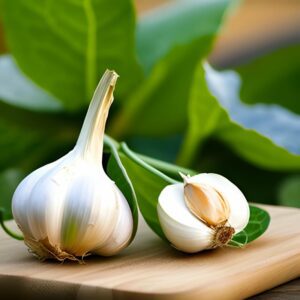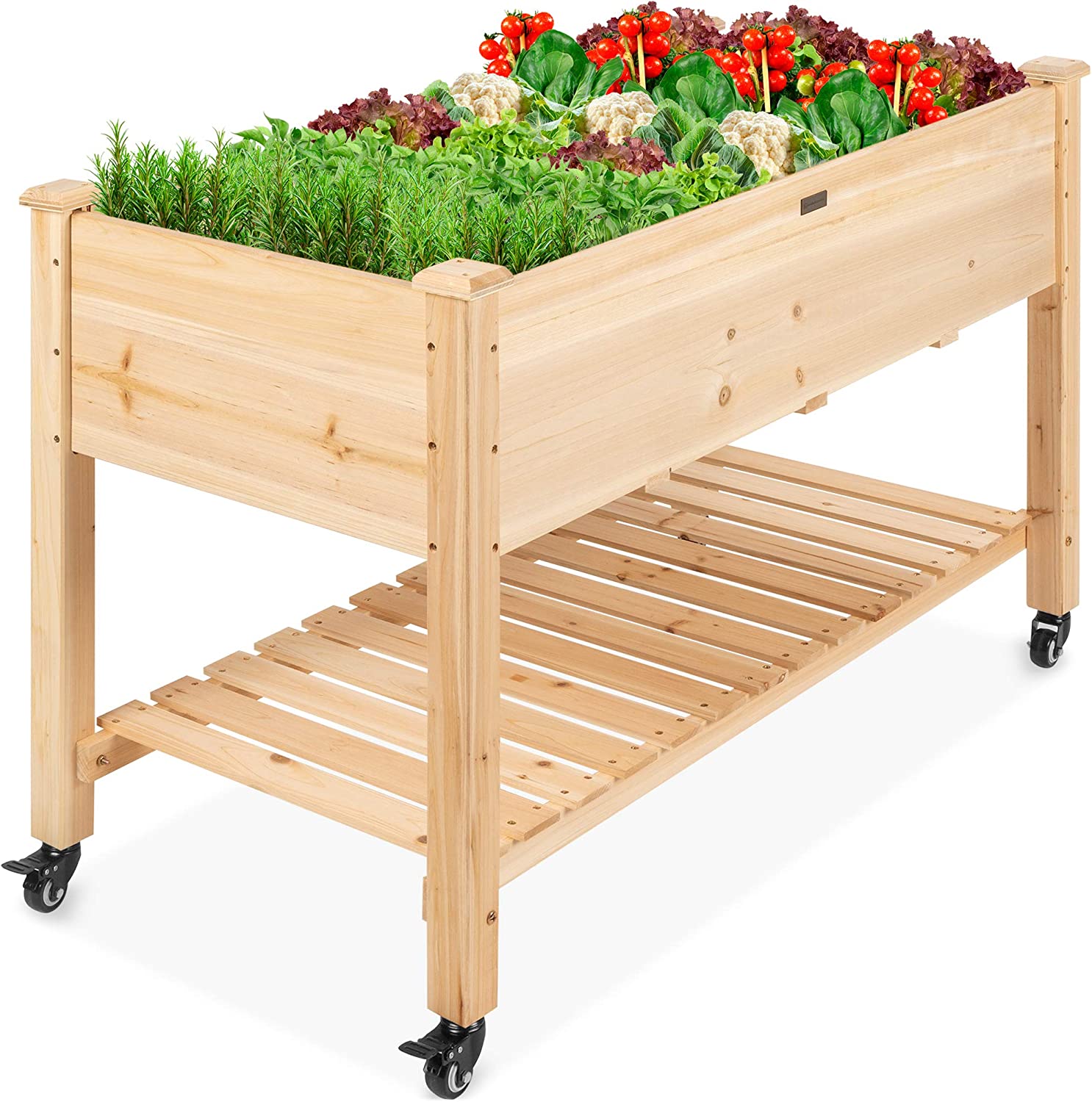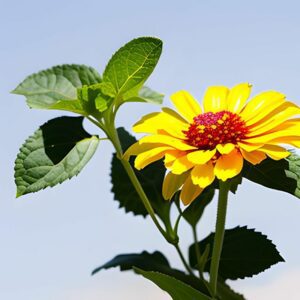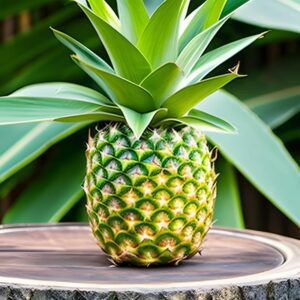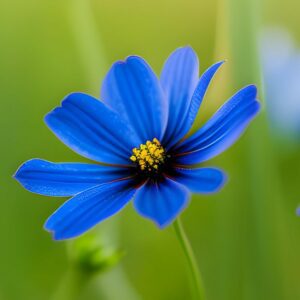Mongolian Aster
Flowers
- Mongolia
- Easy
- 60-90 days
Introduction
Mongolian Aster is a beautiful flowering plant native to Mongolia. It is known for its vibrant and showy flowers that brighten up gardens and landscapes. Mongolian Aster is easy to grow, making it a popular choice among gardeners.
Plant Characteristics
Mongolian Aster produces daisy-like flowers in a variety of colors, including purple, pink, blue, and white. The flowers have a yellow center and petals that radiate outwards. The plant grows to a height of about 1-2 feet and has a bushy, upright growth habit.
Ideal Growing Conditions
Mongolian Aster thrives in full sun to partial shade and well-draining soil. It prefers moderate moisture levels and can tolerate dry conditions once established. The plant is adapted to Mongolia’s climate with hot summers and cold winters.
Planting Guide
Plant Mongolian Aster seeds in early spring after the last frost date. Prepare the soil by loosening it and removing any weeds. Scatter the seeds over the soil surface and lightly cover them with a thin layer of soil. Water gently to keep the soil moist until germination occurs.
Watering and Fertilizing
Mongolian Aster requires regular watering, especially during dry periods. Keep the soil evenly moist, but avoid overwatering, as it can lead to root rot. Fertilize the plant with a balanced flower fertilizer according to the package instructions.
Pruning and Maintenance
Mongolian Aster does not require extensive pruning. However, deadhead faded flowers to promote continuous blooming and maintain a neat appearance. Remove any yellowing or diseased leaves as needed. Mulching around the plant can help conserve moisture and suppress weed growth.
Harvesting or Flowering
Mongolian Aster blooms from mid-summer to early fall, providing a burst of color to the garden. Enjoy the beautiful flowers as they open and attract pollinators such as bees and butterflies.
Post-Harvest Care
Mongolian Aster is primarily grown for its ornamental value and does not require specific post-harvest care. However, you can collect seeds from the spent flowers for future propagation if desired.
Troubleshooting
Mongolian Aster is generally a hardy plant with few pest or disease issues. However, it can be susceptible to powdery mildew or aphid infestations in humid conditions. Provide good air circulation around the plant, avoid overhead watering, and apply appropriate treatments if necessary.
Fun Facts
Asters are often associated with love, daintiness, and elegance. Mongolian Aster, with its vibrant colors, adds a cheerful touch to gardens and floral arrangements. In Mongolian folklore, aster flowers are believed to have protective and healing properties, bringing good fortune and warding off evil spirits.
